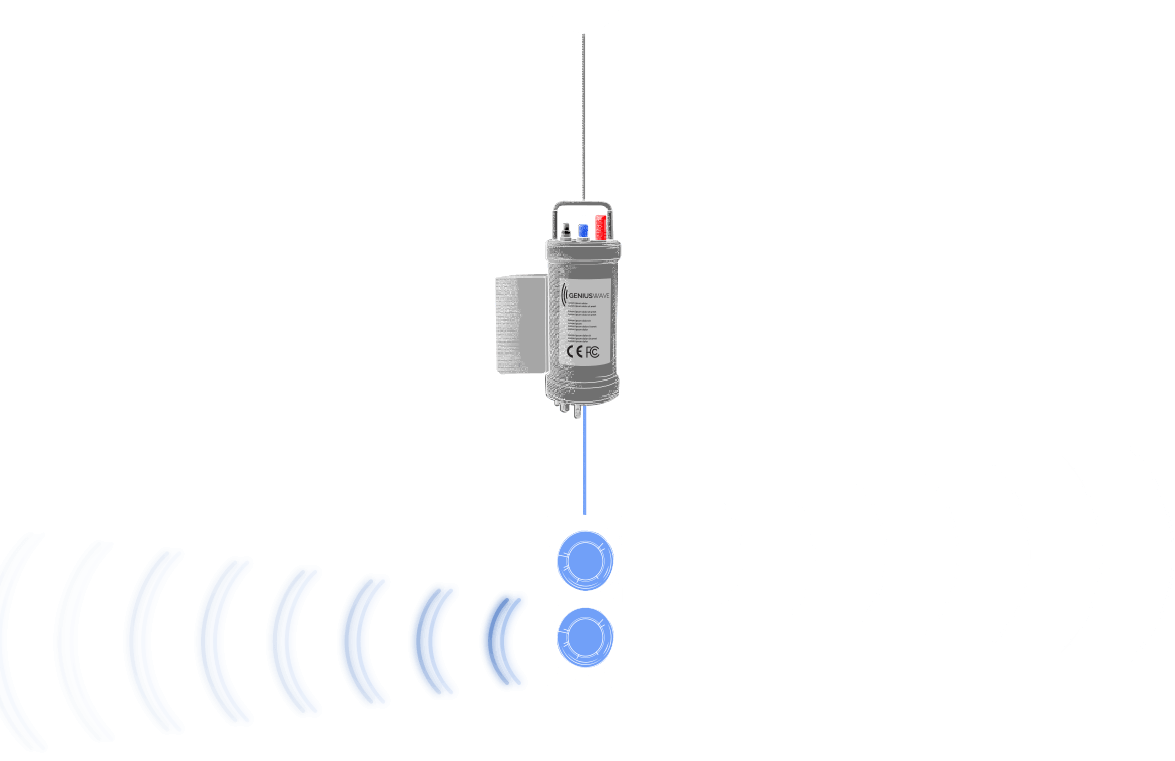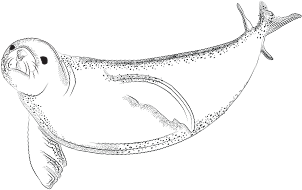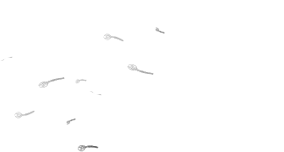
Introducing Sea Lice Defence Technology (SLDT) from GenusWave, the first solution to mitigate sea lice outbreaks and maintain fish immune system health. Sea Lice Defence Technology uses disrupts the sea lice host identification and host attachment process, making it harder for sea lice to infect salmon and complete their growth life cycle.
With SLDT from GenusWave, fish farmers can finally put sea lice on the defensive and give salmon a fighting chance.
Predation stress leaves salmon susceptible to sea lice.
Here’s how it works:


In intensive aquaculture, farmed fish are exposed to severe stress from ongoing seal predation (nets don’t stop predation stress). Salmon’s immune system can handle most challenges, but long-term predation stress taxes a salmon’s energy reserves and overwhelms its defences.
The salmon’s first line of defence against sea lice is its skin and mucus production, which form a natural protective barrier. But high levels of stress cause fish to produce cortisol and adrenaline, not mucus. With decreased mucus production and lower antibody levels, fish immune systems become weak and severely compromised.



Når det først er kompromittert, mister immunsystemet til fisk sin evne til å bekjempe sykdom, bakterier og patogener og er svært utsatt for lakselusangrep. Lakselus retter seg deretter aktivt mot og fester seg til stresset fisk med nedsatt immunitet. Uten skikkelig slimproduksjon og immunforsvar kan ikke stresset fisk i havbruks miljøer forsvare seg mot lakselus.
Sea Lice Defence Technology (SLDT) uses breakthrough sound technology to disrupt the host identification and host attachment processes and mitigate sea lice infestations.
Sea Lice Defence Technology (SLDT) utilizes unique sound frequencies that stimulate mucus production and interfere with the ability of sea lice to identify and target stressed salmon. SLDT counteracts sea lice’s innate attraction to stressed fish and stops sea lice from completing their life cycle.
By conditioning seals to stay away from salmon farms, GenusWave’s Targeted Acoustic Sound technology eliminates predation stress on fish. Without predation stress, salmon are able to increase mucus production and build stronger immune defences, enabling fish to effectively fight off sea lice attachment.
GenusWave’s patented Ultrasound Sea Lice Solutions delivers high vibration to the sea lice membrane, causing it to rupture. The Ultrasound Sea Lice Solution offers fish farmers a last line of defence for severe sea lice infestations that can’t be mitigated through other approaches.
Den nyeste forskningen viser at Lakselus er i stand til å identifisere og feste seg til stresset fisk med svekket immunforsvar. Når stresset fisk begynner å produsere kortisol og adrenalin (primære stresshormoner) er deres immunsystem kompromittert og de blir mål for lakselus. GenusWave-teknologien bruker en flertrinns tilnærming for å forhindre lakselusangrep før de oppstår.
First, GenusWave acoustic startle technology conditions seals to avoid salmon farms, thereby reducing predation stress on the fish. This allows fish to reduce cortisol release, which in turn leads to strengthened immune system defences.
Next, Sea Lice Defence Technology utilizes specialized sound technology to stimulate mucus production and disrupt the host identification and attachment processes, which sea lice need to go through to complete their life cycle. Mucus production acts as the primary line of defence against sea lice, making it difficult for ectoparasites (sea lice) to attach to salmon. By maintaining fish health and stopping sea lice identification, GenusWave brings to market the first preventative solution to stop sea lice attachment and support fish health.
Unfortunately, current treatments for managing sea lice have a range of unintended consequences that may worsen salmon health. For example, the use of use peroxide treatments and thermolicers remove the salmon’s mucus, leaving salmon susceptible to infections and diseases – including recurring sea lice infestations. Antibiotics can be somewhat effective at lowering disease rates, but antibiotic use leads to a host of negative consequences to both fish and the environment.

Lakselus tilknytning forårsaker kjemiske endringer i fiskehud, noe som resulterer i hudskader og åpne sår, sekundært blodtap, elektrolytt endringer og kortisol frigjøring. Deretter reduserer disse infeksjonene fiskens immunresponser som gjør dem utsatt for andre sykdommer og reduserer vekst.
With over 20 years or research on ultrasound treatments on small pathogens, GenusWave’s Ultrasound Sea Lice Solution targets nauplius and copepodid stages of sea lice and utilizes vibration to kill zooplankton (like Lepeophteirus salmonis, Caligus rogercresseyi, and water fleas), E. coli bacteria, and Zebra Mussel veligers.
I motsetning til kjemiske behandlinger og brønnbåter sender GenusWave ultralydbølge gjennom det omkringliggende sjøvannet som er ufarlig for laks, men dødelig for lakselus. Behandlingen inkluderer akustisk kavitasjon – gassbobler som voldsomt kollapser, noe som er svært effektivt på små vannlevende organismer på grunn av tilstedeværelsen av mikroskopiske gasslommer, som absorberer ultralydbølgene akustiske energi. Når viktige strukturer og membraner i lakselusene absorberer den energien, brister de og dreper lakselusene.